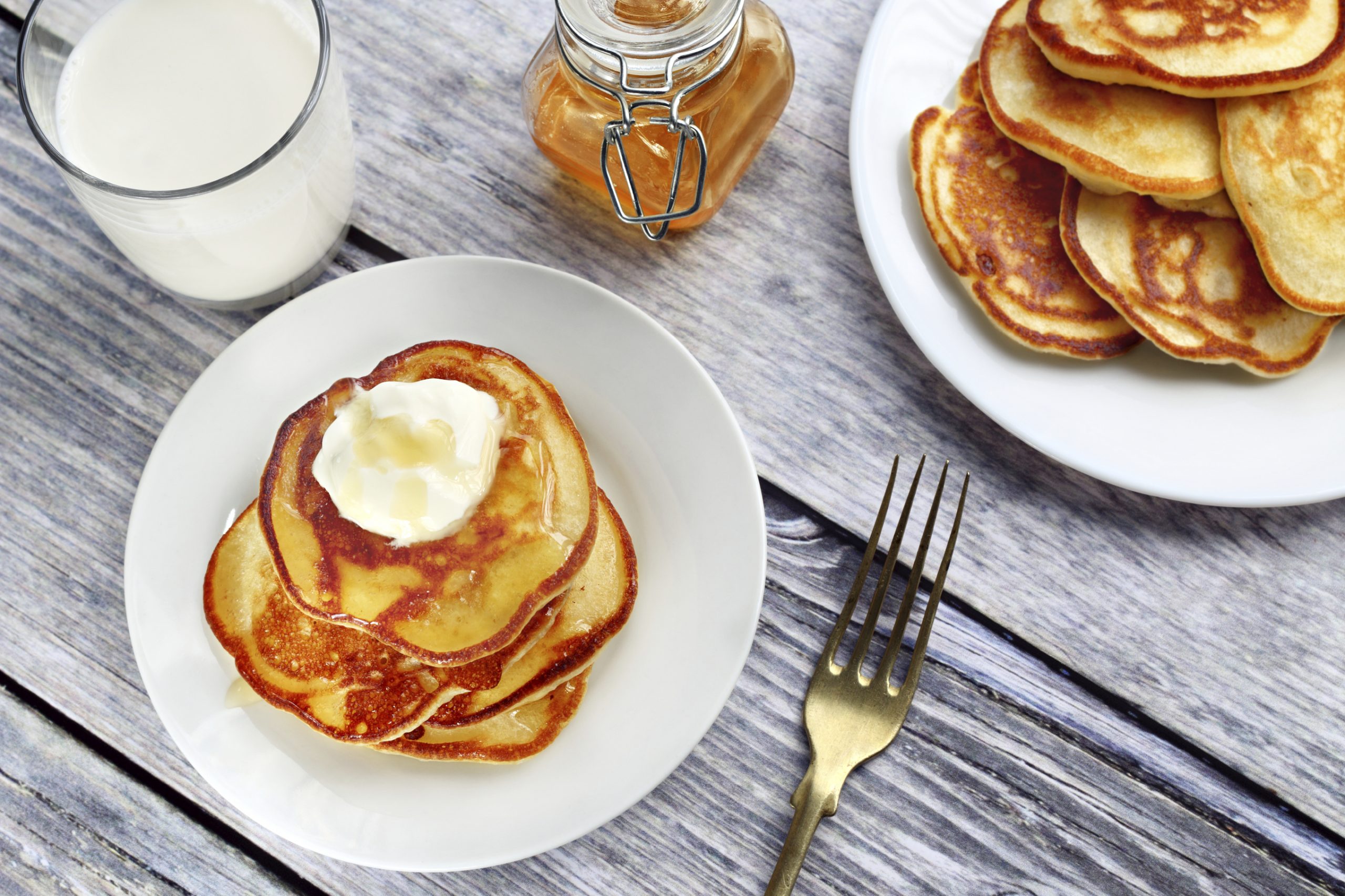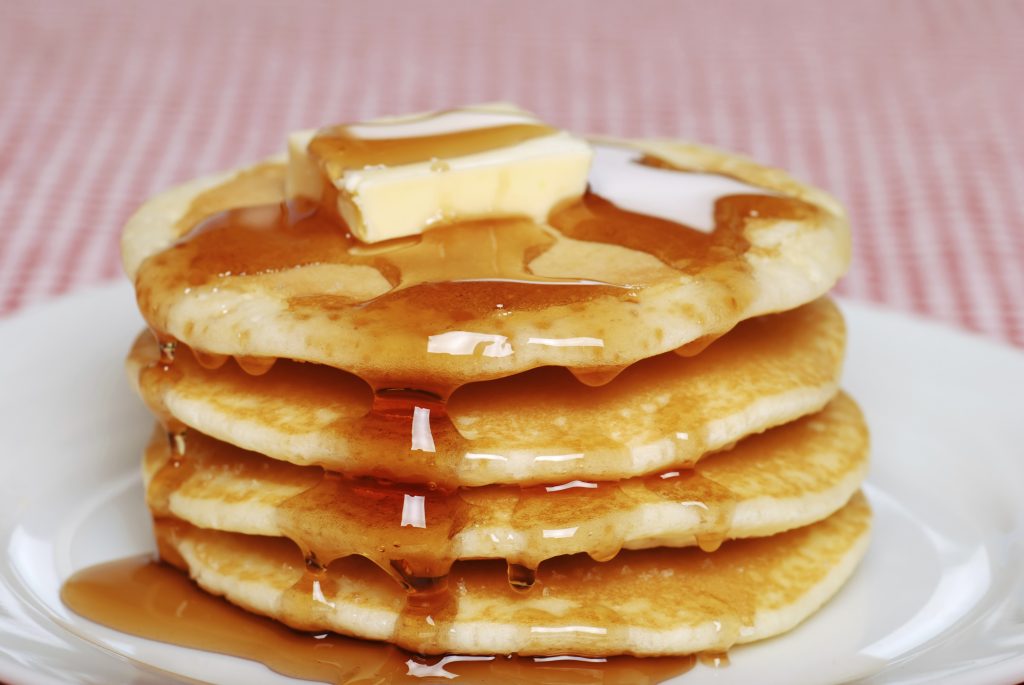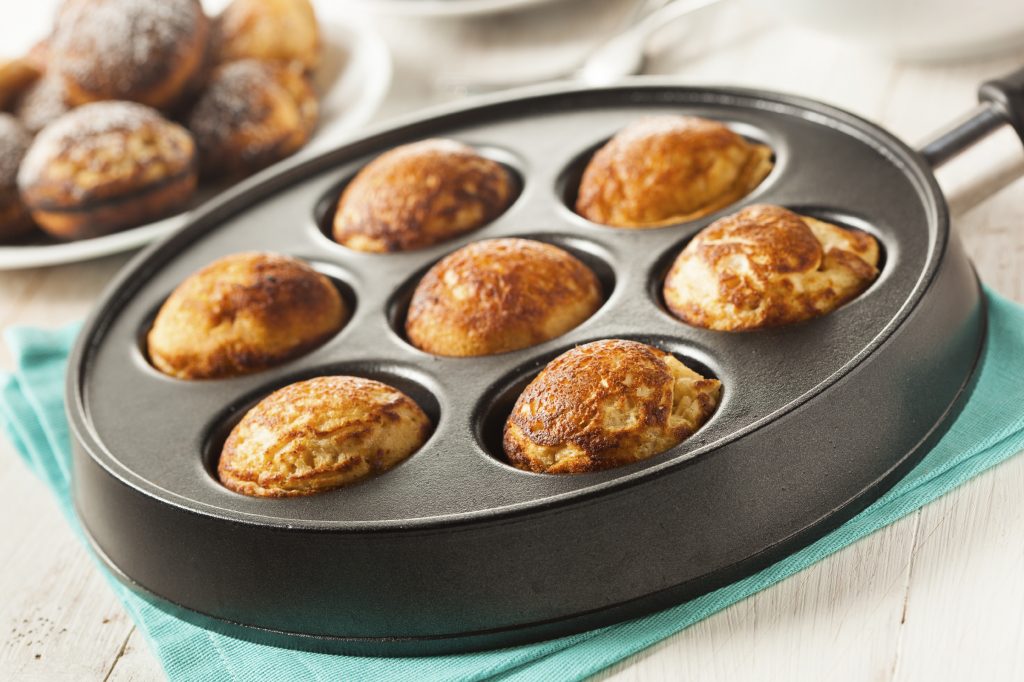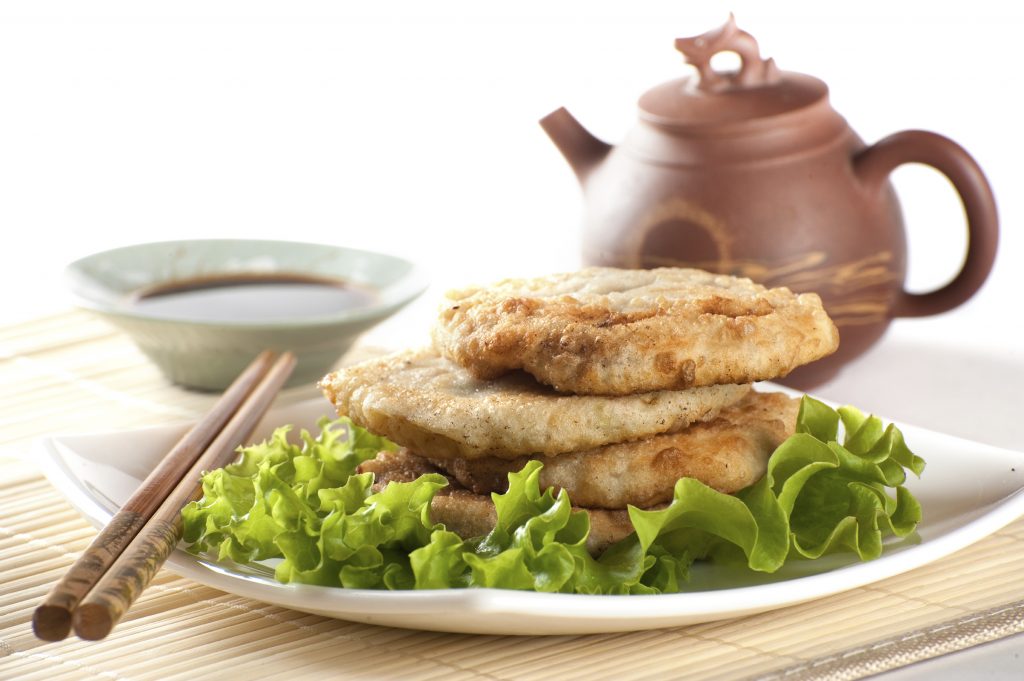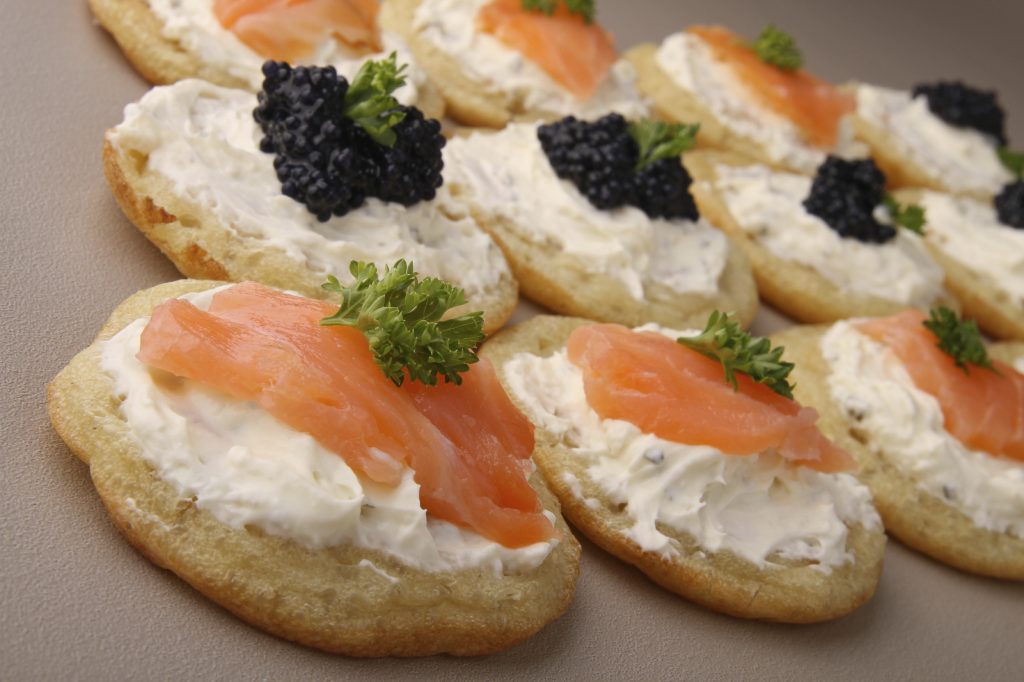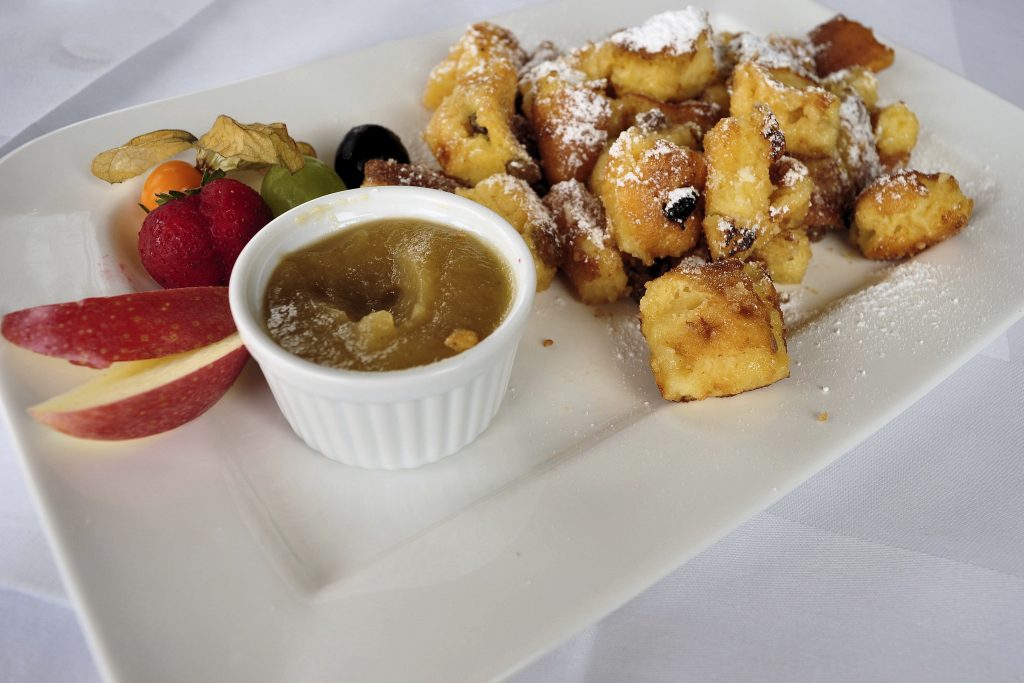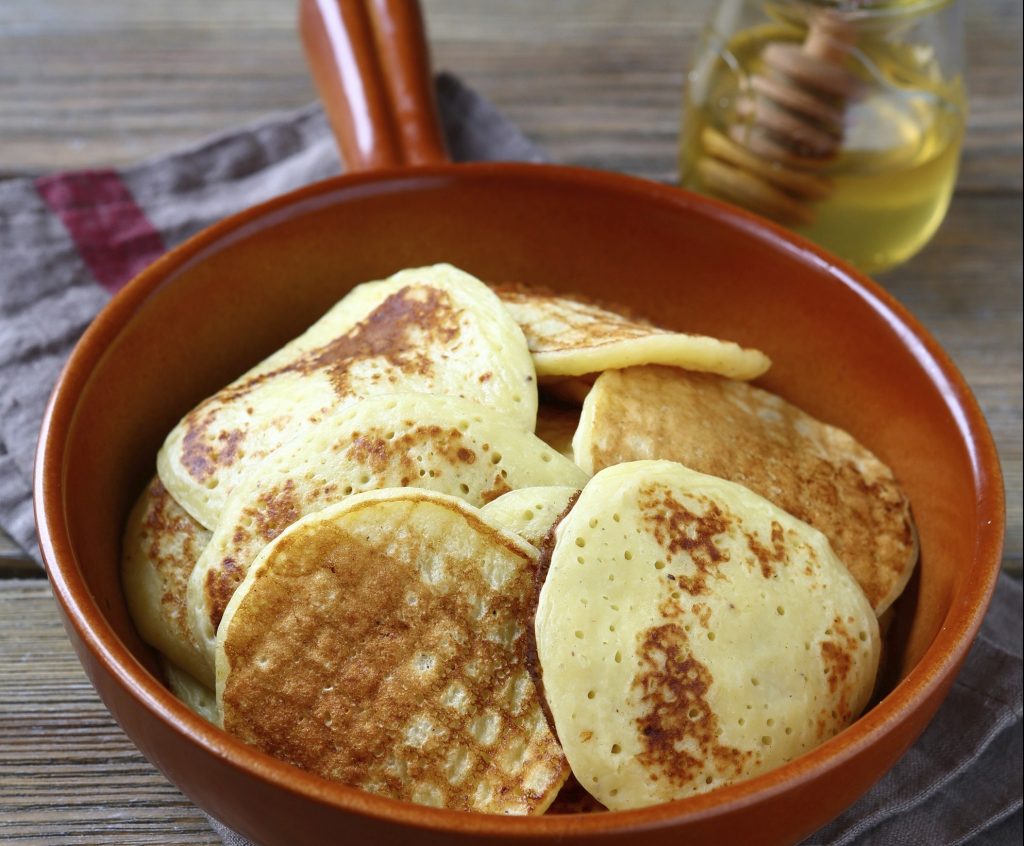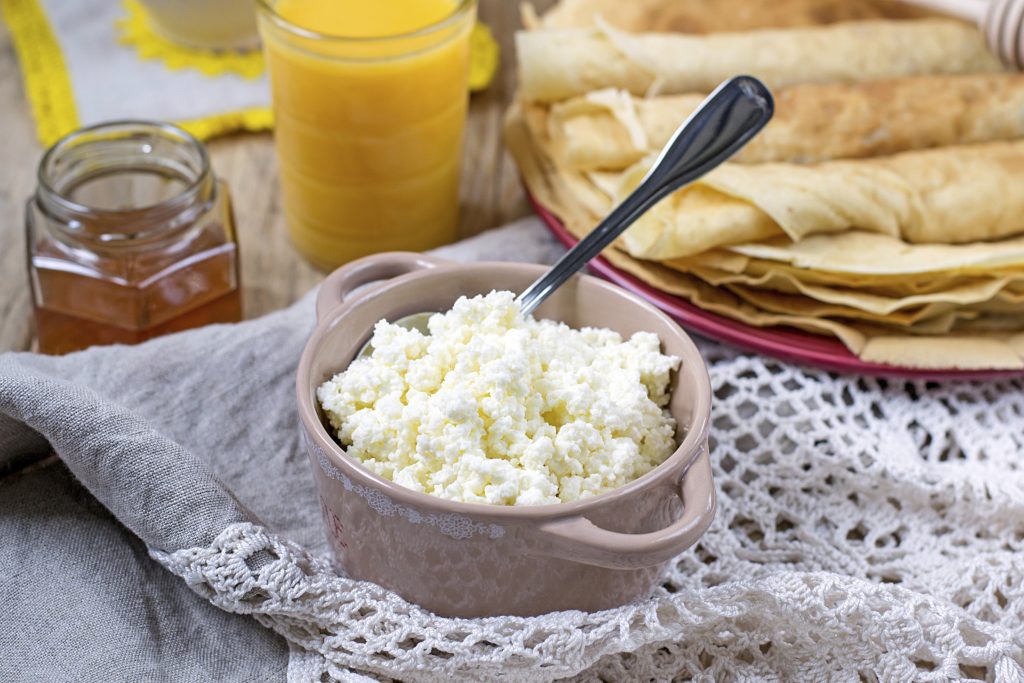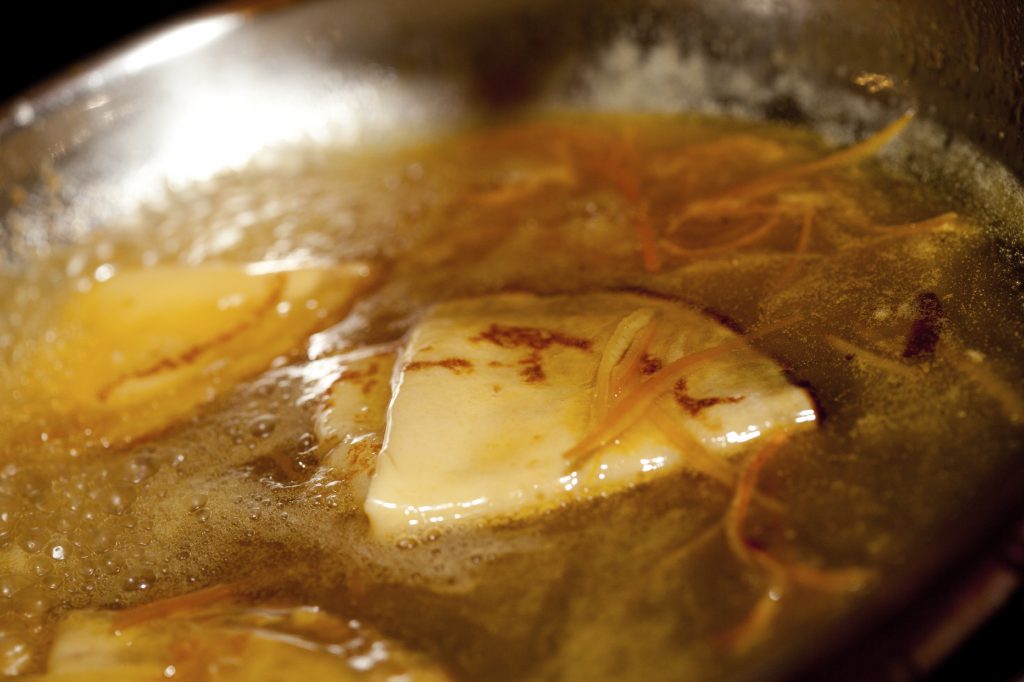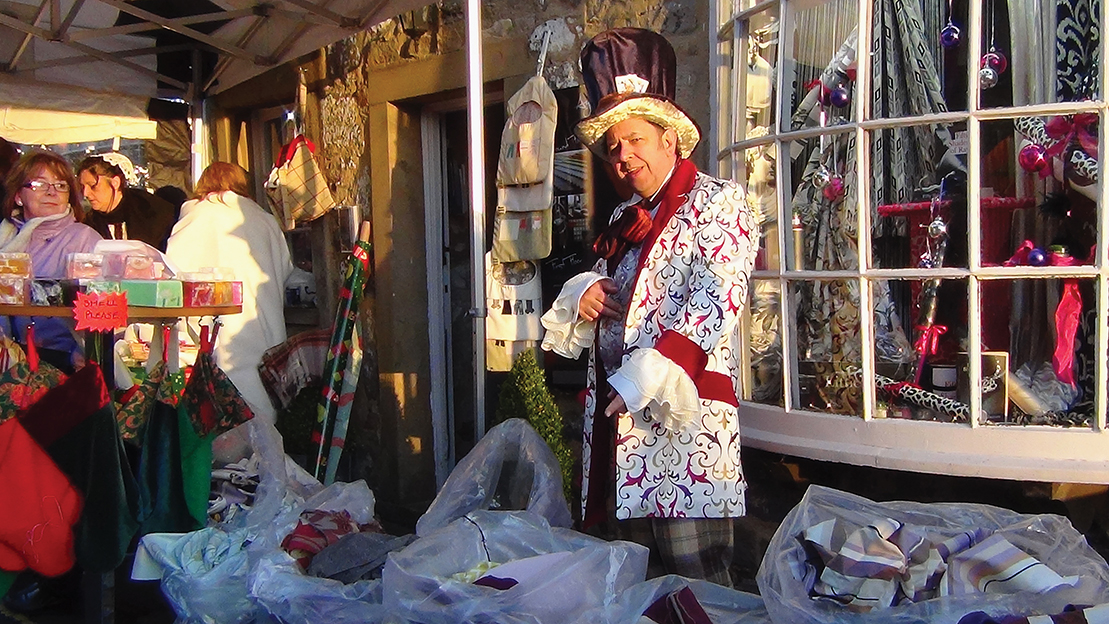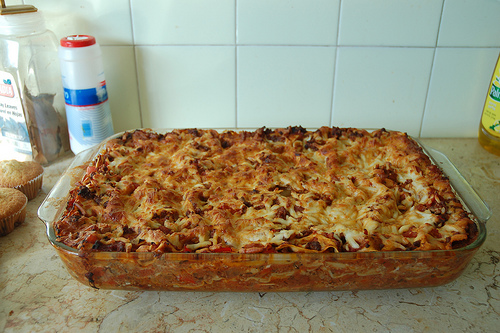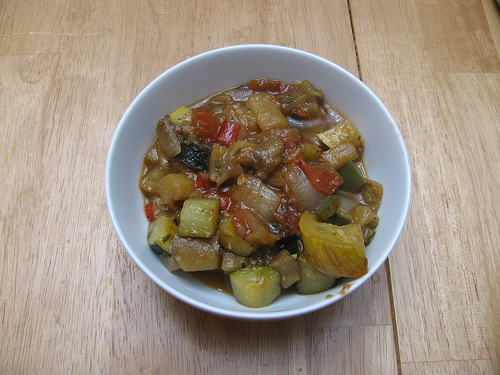We know that sometimes, the way to a person’s heart is through their stomach. And, although the majority of us travel with our hearts and our heads, with so much tasty food on offer all around the world… maybe we should travel with our stomachs too?
Different cultures bring a whole host of new flavours, whether its local produce or superb sea food, part of an adventure is learning how the locals live, and eat.
So, whether you see yourself as a super foodie, or you just appreciate the finer tasting things in life, then why not check out our top destinations for the best culinary experience.
Croatia
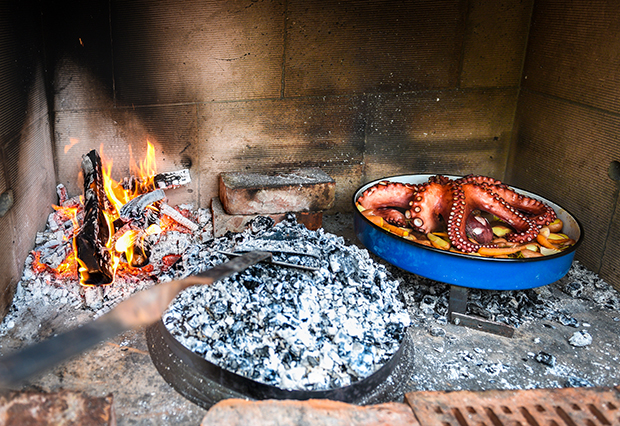
‘Jedi!’… Put down that lightsaber, we’re not talking Star Wars. One of the mouth-watering aspects of the Croatian culture is to eat, eat, eat! And, that’s exactly what ‘jedi’ means.
And, despite this seeming somewhat the wildcard entry, the people of Croatia are actually renowned for serving up some outstandingly good grub.
Their food has many influences, from the Italians, to the Turks and even the Hungarians, the Croatians have taken the best from the best to create one of the most delicious blends of cuisines in Europe!
‘Split’ in two (excuse the pun), if you’re enjoying time on the coast, you’ll be relishing coastal cuisine! Making the most of a fantastic array of seafood with dishes such as pašticada and black risotto – a must for seafood lovers.
It undoubtedly has a more Mediterranean taste, too, with olives, fresh bread and meats. In fact, the Croatians have been growing olives for centuries! It really is worth picking up a bottle of olive oil whilst you’re there.
If you’re inland, you’ll get a taste of their continental cuisines. Croatian pasta, stuffed peppers and hearty meat stews. It makes our mouths water just telling you about it.
Chicken and veal are two of the most popular protein offerings, and you can be sure to find lots of cheese, hearty sauces and pastry thrown in for good measure. A great offering after a long day touring.
France

Frogs legs and snails may not be at the top of your list of tasty treats to try, but they certainly top a lot of travellers ‘to-do’ lists when visiting France. But, beyond the daring feat of trying these unusual appetisers, the French really know their food.
The leaders in haute cuisine, their chefs are national celebrities. And, the culture of French food is certainly distinctive, with dishes popular all around the world such as Coq au Vin, crêpes and crème brûlée.
And, of course, if you’re on the search of flavoursome food, be sure that you get a taste of truffle. A pungent fungus that grows under trees, you can rely on the French to make it simply divine!
If you know what you like and you love your cheese, France actually has a different cheese for almost every day of the year. And, with ten billion baguettes baked in France every year, that’s a recipe for an incredible cheese sandwich!
Italy

Italian cuisine has made its way into almost every country in the world, and we love it. From pizza to pasta and wine and even cheese, it’s part of our everyday life.
Italians don’t see food as just a means of survival, it’s about family, happiness and heritage. And, when you think us Brits are rather at home with a Sunday roast, Our continental cousins do one better.
It is said that a whopping 95% of Italians stay at home on Sunday afternoon, eating as much as humanly possible with their relatives. And, boy, do they mean it. The estimated annual pasta consumption is around 70 lbs per person!
With pizza originating it Naples, and tomato sauce first recorded in Italy in the late 18th century, you’ll be forgiven for thinking that Italian food all comes down to one tasty list of carb-laden menu.
But, you’d be wrong. There’s no such thing as ‘Italian food’. We Brits have cherry-picked dishes from around the country and created our own version of Italian cuisine. There are actually 20 regions in Italy, each with their own special cuisine. For example, your carbonara you might have enjoyed in Rome, may not be as easy to track down in Florence, down to it being a roman dish.
But, if that’s not just the best excuse to see more of Italy, then what is?
Spain
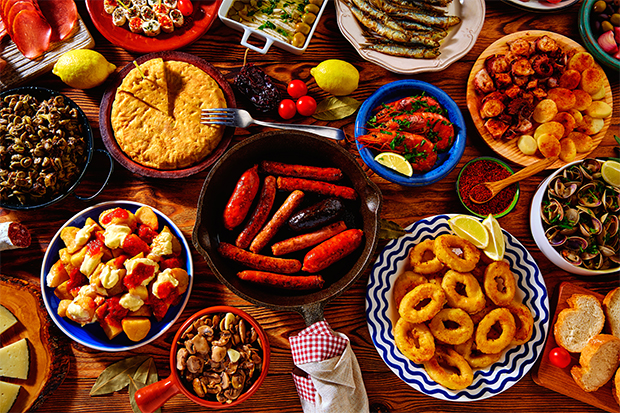
A tradition starting long ago in the city of Seville, of course you couldn’t sample the delights of Spain without trying a bit of tapas.
The word tapas actually derives from the Spanish word ‘tapar’ or in English, ‘to cover’. Where does ‘cover’ come in to tasty little snacks we hear you ask?
Well, originally tapas began life as slices of bread or meat, and Andalusians used them to cover their glasses of sherry to stop flies from getting in.
As Tapas has developed, it’s settled into the quintessentially Spanish lifestyle. Evening meals tend to be eaten between 9pm and 11pm which means that there’s a long period between lunch and dinner.
And, they sure do use this time constructively. Hopping from bar to bar, where small pieces of Tapas are served with drink orders. It’s just a nice way to keep guests comfortable whilst drinking in a bar. Or keep them there longer, whichever way you would like to look at it.
You might need something a little more filling, though. And, how could you turn down some authentic paella? With so many options, there really is a paella for everyone. Seafood, vegetable and, of course Valencian.
Valencia is the home of paella, so it would be just right to have a dished names after its birth place and using chicken, rabbit and garrofón beans, you’re in for a treat.
But, those are just our top foodie destination in Europe, what’s the tastiest country you’ve stayed in?




